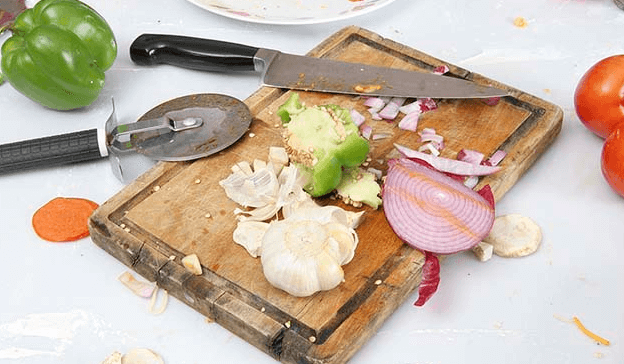Clipart:6qb6k2b30bs= Cross Contamination

The Clipart:6qb6k2b30bs= Cross Contamination, where raw meat and vegetables share a cutting board, raises critical concerns about food safety protocols. Understanding the risks associated with such practices is essential for maintaining public health standards. By exploring the common sources, potential dangers, and effective prevention methods, a deeper insight can be gained into the intricate web of foodborne illnesses. Stay tuned to uncover the intricate details that can save lives and ensure a healthier tomorrow.
Common Sources of Cross Contamination
Cross contamination commonly occurs when harmful bacteria or pathogens are transferred from one surface, such as raw meat, to another surface, like vegetables, through contact or improper handling practices.
In food preparation, ensuring proper kitchen hygiene is crucial to prevent cross contamination. This includes using separate cutting boards for raw meat and produce, washing hands frequently, and sanitizing surfaces regularly to maintain a safe food preparation environment.
Risks Associated With Cross Contamination
One of the significant concerns related to cross contamination in food preparation is the potential for spreading harmful bacteria from one surface to another, increasing the risk of foodborne illnesses. This poses a serious threat to food safety and raises health concerns among consumers.
Ensuring proper hygiene practices and maintaining clean cooking environments are essential in mitigating these risks and safeguarding public health.
Read Also Clipart:3z0nrxadhpo= Crocodile

Preventing Cross Contamination
To minimize the risk of bacterial spread and ensure food safety, implementing stringent sanitation practices is crucial in preventing contamination during food handling and preparation. Proper kitchen hygiene, including regularly washing hands, sanitizing surfaces, and using separate cutting boards for raw meats and produce, is essential.
Conclusion
In conclusion, Clipart:6qb6k2b30bs= Cross Contamination can pose serious risks to food safety and public health. By implementing proper hygiene practices such as using separate cutting boards for different food items, regular hand washing, and surface sanitization, the likelihood of harmful bacteria spreading can be significantly reduced.
Remember to maintain meticulous measures to mitigate the menace of cross contamination in the kitchen.






